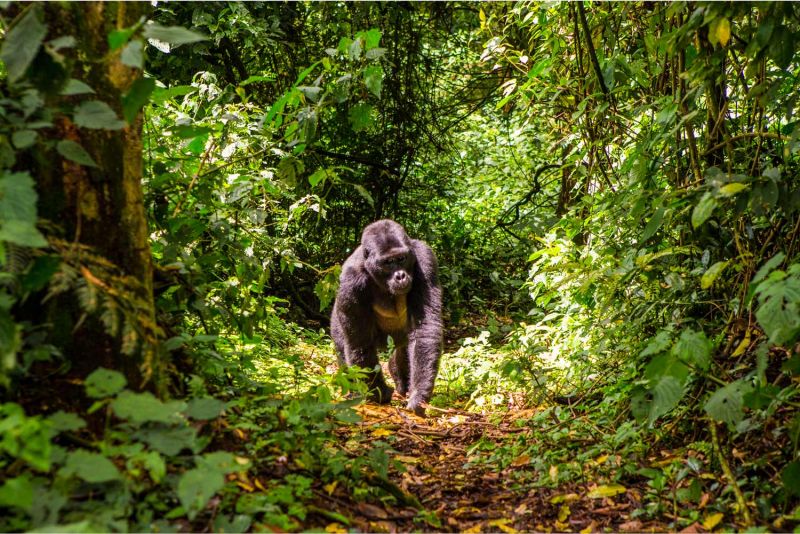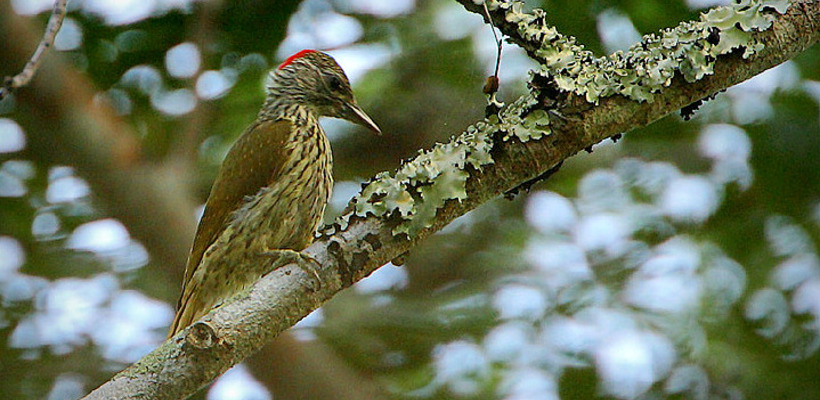
The Arabuko Sokoke Forest Reserve is a significant conservation area in Kenya, known for its diverse plant and animal species, including some that are endangered. The forest is home to over 260 tree species and over 270 bird species, many of which are rare or endangered. The reserve is managed by the Kenya Wildlife Service and is an important area for conservation efforts. Ecotourism is also a popular activity in the reserve, providing jobs and income for local communities while raising awareness of the importance of conservation. However, the forest faces significant threats from human activity, climate change, and fires, and continued conservation efforts are needed to protect this vital ecosystem for future generations
The Arabuko Sokoke Forest Reserve is a national park in Kenya, located in the coastal region near the towns of Malindi and Watamu. It is a unique forest that has been able to survive in the midst of a rapidly developing coastal region. The reserve covers an area of approximately 420 square kilometers, and it is one of the largest tracts of indigenous coastal forest in East Africa. The Arabuko Sokoke Forest Reserve is a significant conservation area, and it is home to a wide range of plant and animal species, including some that are endangered.

The Arabuko Sokoke Forest Reserve is home to a rich diversity of plant species, including some that are endemic to the region. The forest contains over 260 species of trees, and it is one of the few remaining lowland forests in East Africa. The forest is also home to a wide variety of animal species, including elephants, buffalo, and a number of primate species. The reserve is especially well-known for its birdlife, and it is home to over 270 bird species, many of which are rare or endangered.
One of the most notable species found in the Arabuko Sokoke Forest Reserve is the Golden-rumped Elephant Shrew. This small mammal is found only in the Arabuko Sokoke Forest and the nearby Shimba Hills National Reserve. The Golden-rumped Elephant Shrew is listed as a vulnerable species due to habitat loss and degradation. The forest is also home to a number of primate species, including the rare and endangered Ader’s Duiker, which is a small forest antelope that is found only in a few isolated areas along the East African coast.

The Arabuko Sokoke Forest Reserve is also an important area for conservation efforts. The reserve is managed by the Kenya Wildlife Service, which has implemented a number of measures to protect the forest and its inhabitants. These measures include anti-poaching patrols, controlled burning, and the creation of buffer zones around the reserve. In addition, local communities have been involved in conservation efforts, including the establishment of community forests and the promotion of sustainable forestry practices.
The Arabuko Sokoke Forest Reserve is also a popular destination for ecotourism. Visitors to the reserve can enjoy guided walks and bird watching tours, as well as game drives to see the forest’s larger inhabitants. The reserve also offers opportunities for cultural tourism, as nearby villages have preserved traditional Swahili culture, which can be experienced through visits to local markets and cultural centers. Tourism in the reserve has helped to create jobs and income for local communities, while also raising awareness of the importance of conservation efforts.

Despite its protected status, the Arabuko Sokoke Forest Reserve faces a number of threats. One of the biggest threats is habitat loss due to human activity, including agriculture, logging, and the expansion of settlements. Climate change is also a concern, as changing weather patterns could affect the forest’s ecology. In addition, the forest is vulnerable to fires, which can be caused by human activity or lightning strikes. Conservation efforts must continue to protect the forest and its inhabitants from these threats.
In conclusion, the Arabuko Sokoke Forest Reserve is a unique and important conservation area in Kenya. Its rich biodiversity and cultural heritage make it a valuable resource for both conservation and tourism. However, the forest faces significant threats from human activity and climate change, and continued conservation efforts are needed to protect this vital ecosystem for future generations.

